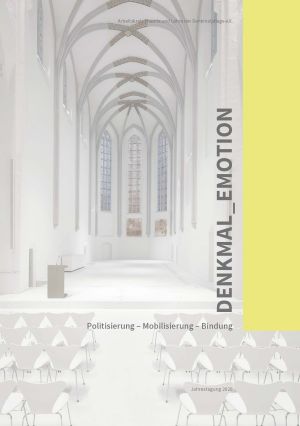Zitationsvorschlag
Veröffentlicht
A Sence of Harlem
Städtebauliche Denkmalpflege und Erbe als Symbolraum in New York City
Districts such as Harlem in New York define themselves within the city through more than just municipal ordinances or lines on a planning map. Out of the multiplicity of ascriptions, pictures and images, but also out of built cultural heritage, emerges a Sense of Place: a set of atmospheric, urban-spatial elements of possible identification that not only refer to an emotional experience of place, but are also reflected as a specific category in the designation of Historic Districts, for example by the New York City Landmarks Preservation Commission. This essay investigates Sense of Place in its entanglement with the heritage space of Harlem, both with regard to the term’s usage and its potential as a category within New York’s municipal conservation structure, and in relation to its role in creating social meaning and fostering identity. The example of the Central Harlem West Historic District – 130-132nd Streets is invoked to show how measures for the protection of an urban area are woven together with a specific local heritage narrative, one rooted in Afro-American history. In terms of its architectural character, this heritage is associated with the typical brownstone rowhouses of the district, while its social character is bound up with the symbolism of Harlem as a cultural center of hope and promise for the Black community in the 20th century. It is demonstrated that the conservation concept of the Historic District also involves the negotiation of social values, and by implication emotions; these in turn, it is suggested, are reflected in the notion of Sense of Place. Thus Sense of Place comes a category which allows social and conservationist aspects to emerge together – which at the same time makes them vulnerable and exploitable, for example by urban marketers.








